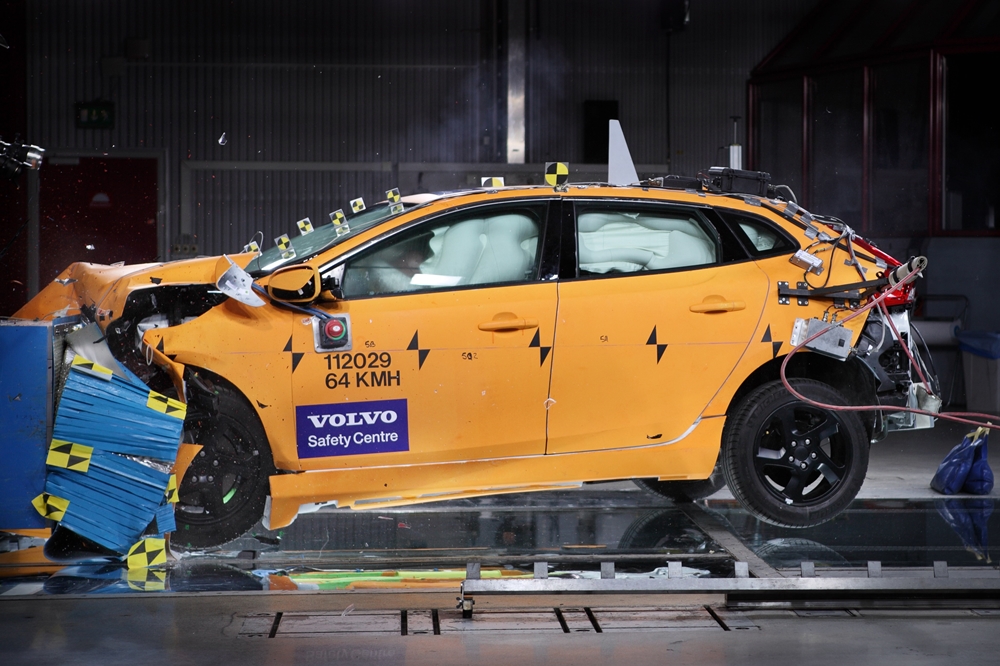While you may have grown up believing Volvos are safe because your Granddad drove one for 35 years and because he said so, here are few facts to regale the old man next time he starts with a “When I was young†story.
Volvo didnâ€
No ad to show here.
The Volvo 144 of 1966 had disc brakes on all four wheels, quite something for the time and a locking device for the three-point safety belt it had pioneered earlier on. Even the doors locked. It had front and rear crumple zones and had a dual braking system that in the event of brake failure, 80% of braking was still available through the second system.
Even before this though, Volvo had prototype tested a rearward facing child seat, something we take for granted nowadays but you have to remember, back then most people hadnâ€
Volvo recognised the impact of the safety belt on young children, introducing the child seat booster cushion in 1978. Interestingly the centre rear seat occupant only received a seatbelt in 1986.
In 1991, the Volvo 850 was the first car to be fitted with a side airbag which supplemented the Side Impact Protection System — a series of reinforced beams in the cars doors to aid in protection in the event of a side impact.
Roll Over Protection System made its appearance on the C70 convertible in 1997 which saw two reinforced hoops pop up behind the front occupants in the event of a roll over. A year later, the Whiplash Injury Protection System (WHIPS) was introduced and worked similarly to the way you would gently catch a cricket ball — moving slightly with the occupant before tensioning fully, in order to reduce whiplash.
That pesky seatbelt chime made itself known again in 2003, this time for those in the rear and in 2004, the Blind Spot Information System was introduced on the S40 sedan and V50 station wagon, featuring a LED light that illuminated in the side rear view mirrors, when a vehicle is in your blind spot. In 2006 a system called Collision Warning with Auto Brake was made available in the S80 executive sedan, warning the driver of an imminent front end collision and basically ‘prebrakingâ€
In 2007, meanwhile, Lane Departure Warning was introduced, warning the wayward driver of unintended lane departures as well as Driver Alert Control — a driver drowsiness alert system. More recently in 2010 Pedestrian Detection with Auto Brake debuted on the S60 warning the driver and automatically braking the car when a collision with a pedestrian is impending.
A very nifty feature called Lane Keeping Aid steers the car back into, should you drift out of your lane and equally useful Road Sign Information which is able to read road signs, particularly speed limit signs and relaying them to the driver on the built-in head up display. Both systems were introduced last year on the new V40 hatchback.
And most recently a system that should be greeted with open arms by our two-wheeled fellow road users, is Cyclist Detection with Auto Brake which warns the driver of an approaching cyclist travelling in the same direction as the car and applies maximum braking power.
So there you have it, if you thought Volvoâ€
Check out these videos if you donâ€
